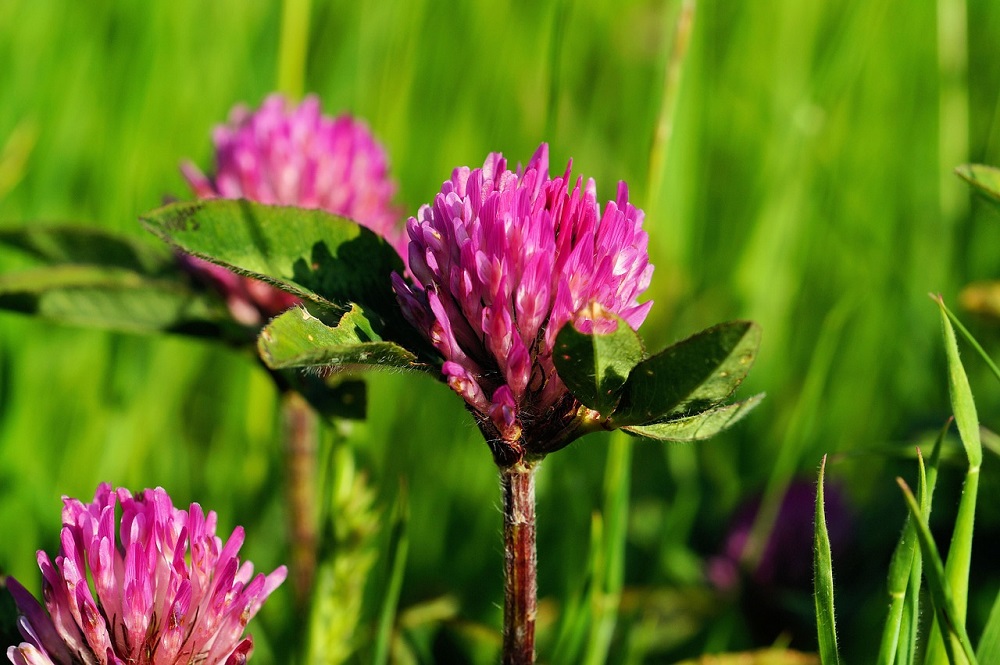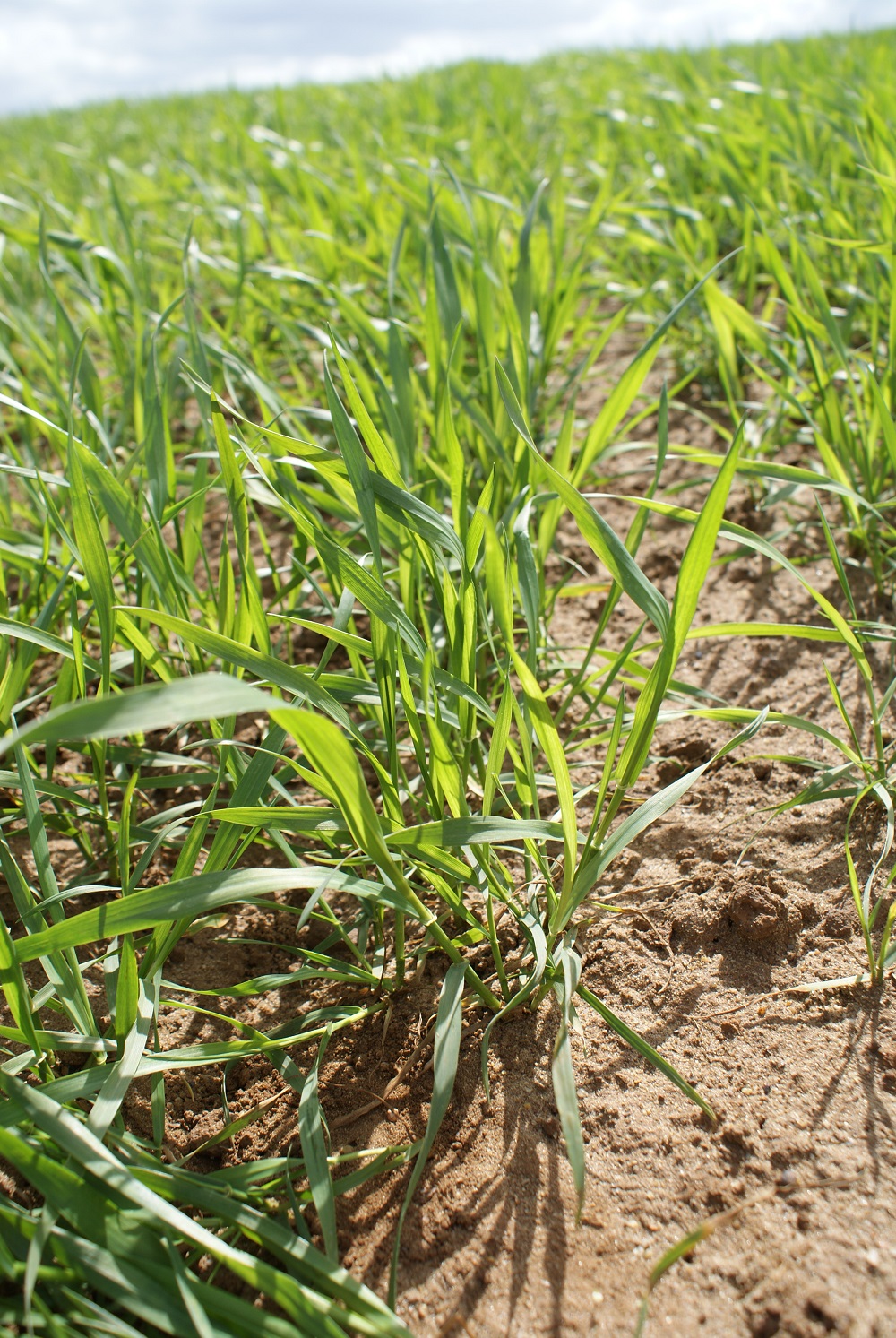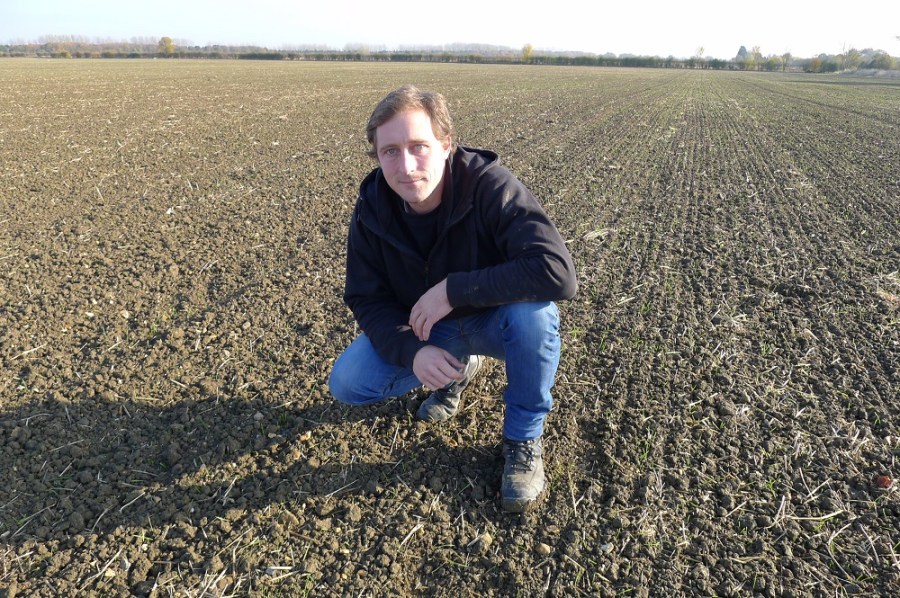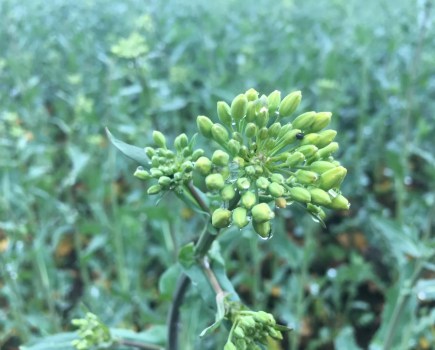A conventional turned organic farmer is achieving healthy margins by balancing supply of nutrients with the crops demands. CPM finds out how.
Often there are lessons to be learned from the practices of organic farmers who, far from subsistence farming, have been using out-of-the-box thinking for years to produce crops with margins on a par with their conventional counterparts.
One East Anglian grower is proving that yields comparable with conventionally grown crops are possible.
So, what’s the secret to his success? He’s discovered the benefits of regular and accurate monitoring of plant sap nutrient levels and bespoke, prescriptive applications of organic-approved fertiliser. These measures are preventing the nutritional weaknesses that allow both weeds and disease to compete to an extent that can reduce yield to unviable levels in an organic regime.
The Radford family has been farming at Burwash Manor at Barton in Cambs for five generations. In 1999, Mike Radford, disillusioned with his chemical-based arable farming system, elected to adopt an organic approach and place his land into conversion. The intention was that, although yields would initially suffer, they would reap long term benefits such as reduced overheads, better margins and an overarching improvement in the environment.
Fast forward 14 years and the results from the adoption of their new regime are tangible. Son Matt Radford, now oversees the cereal production on their 170ha arable unit. The farm also plays host to a 30-head beef suckler herd which plays an integral role in the organic system.
Alternative techniques
A combination of two wheats followed by a grass ley including either red or white clover, sits at the heart of the rotation. With no agrochemicals being applied, alternative techniques to deal with the farm’s burden of charlock, blackgrass, couch and wild oats are paramount. The wheat crops are grown primarily for seed and the grass ensiled for the cattle.
Matt Radford is keen to point out that dominating the weeds through competition is their main aim and that to get the maximum contribution from the crop itself, plant health underpins the programme.
“Using the grass/clover ley is a crucial factor in out-competing weed populations,” he explains. “As well as providing a source of residual N for the following crops, we can successfully cut out and manage the charlock and grassweeds to a level that’s tolerable.

Using grass clover leys is crucial to help ensure crops outcompete weeds.
“Having ploughed the ley down, we look to start drilling the wheat crop on around 10 Oct and we under-sow the first wheat with trefoil for a supply of base N. We use a variable seed rate and this year drilled Revelation at an average rate of 210kg/ha, although seed rates can vary between 190-300kg/ha depending on soil type.
“Initially in the autumn, the emerging weeds can be comb-harrowed out, which allows the crop to grow away. However, our biggest issue by far is maintaining light interception later in the spring. Tall weeds, such as charlock, crowd out the crop with their canopy, which in turn places enormous demands on the crop for photosynthesis. This is why we need the crop to be firing on all cylinders, for maximum competitive effect,” he explains.
Nutritional awareness
Key to the success of the crop’s growth throughout the spring is the nutritional awareness needed to ensure maximum plant viability and to understand its ability to withstand different climatic and competitive conditions, he believes.
Scott Baker, a nutritional agronomist with Omex, works closely with Matt Radford throughout the season and employs an Omex SAP analysis programme to regulate the crop’s nutrition according to the levels of nitrogen found at any one time during the spring growth period.
Essentially like testing for blood in a human, the test recognises factors that contribute to any decline in plant health through an incorrect balance of nutrients, he explains.
At the key growth stages through the spring, the plant sap is tested for 17 different nutrient parameters, both macro and micronutrients, to ascertain the correct level of each before applying any fertiliser products. The resulting analysis is then used to prescriptively administer the correct dose of whichever element is below par to bring the crop’s nutritional status back into balance.
The effect of this is twofold, explains Scott Baker. “On purely a growth basis, it means that at stages T0-T3 we can identify the plants’ needs in terms of nutrient requirement and trace elements. This effectively ensures that any deficiencies can be corrected incredibly quickly by altering the base dose of the fertiliser product to reflect any nutrient shortfall picked up by the SAP test,” he explains.

Plants are SAP tested at key growth stages for 17 different nutrients.
“It also makes for less of a growth check in between applications because any luxury uptake of N is minimised. This has the added effect of helping protect the plant against disease, too. We know that with less tillers, the resulting canopy is not as dense as in crops grown under the conventional system, so disease pressure is often much less. A healthier plant is far better able to withstand and fight any infection using its natural ability,” he adds.
The fertiliser applied on the Radford’s farm was a Soil Association-approved, 7:2:2 base dressing. It’s applied at 2 l/ha and can be supplemented following analysis of the sap with additional S, Zn, Cu or whatever element is required to address depleted levels.
One step ahead
“This allows the grower to maintain control over the crop, by keeping one step ahead of the game. Results can often be accessed the same day as testing, which means that problems rarely get left unattended and corrective measures can be taken very quickly,” he says.
With yields of Revelation and Evolution last year creeping ever closer to conventional levels, with a target average 6-7t/ha in his sights, significantly lower growing costs from the organic approach are now beginning to reflect in the margins being achieved.
“We like to think we’ll do 5t/ha as a worst-case scenario. Last year we probably didn’t quite hit that, but even at that level, from a margin perspective, the organic operation still outperformed the conventional.”
Matt Radford says there is still a long way to go, but it appears that the challenges he has set himself and has undoubtedly achieved, are already paying dividends.




